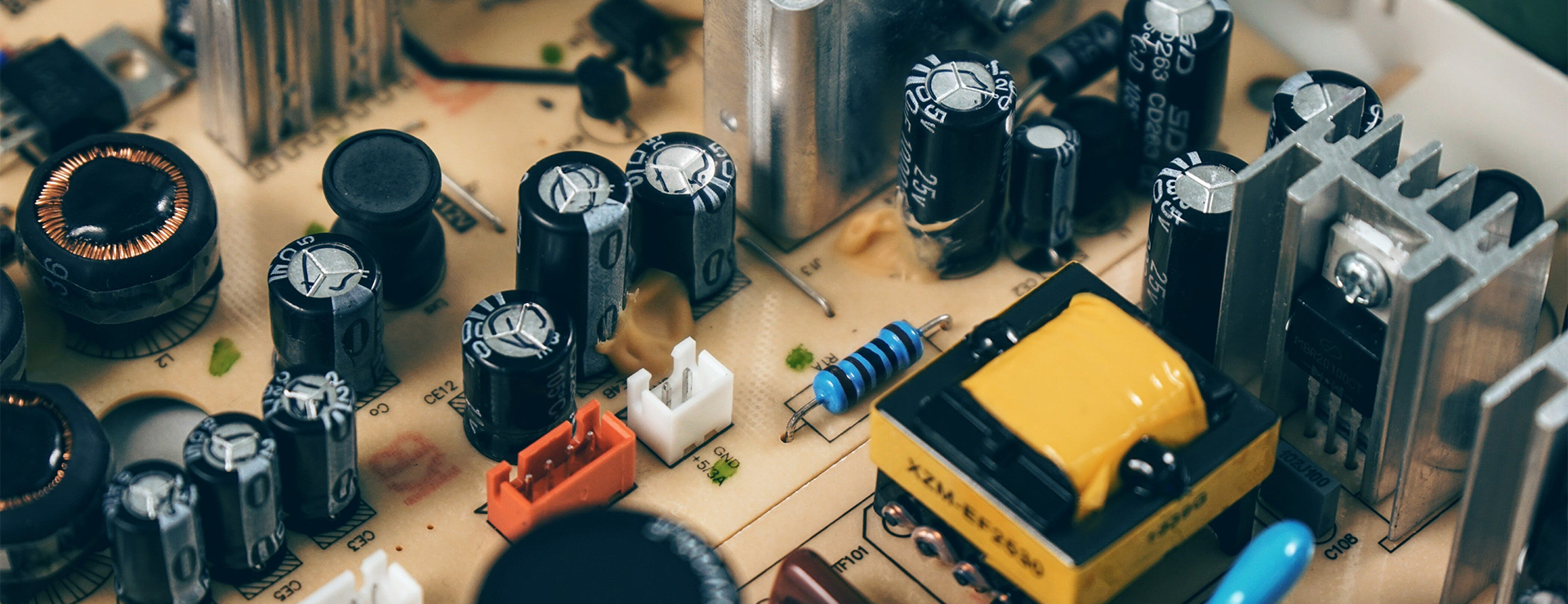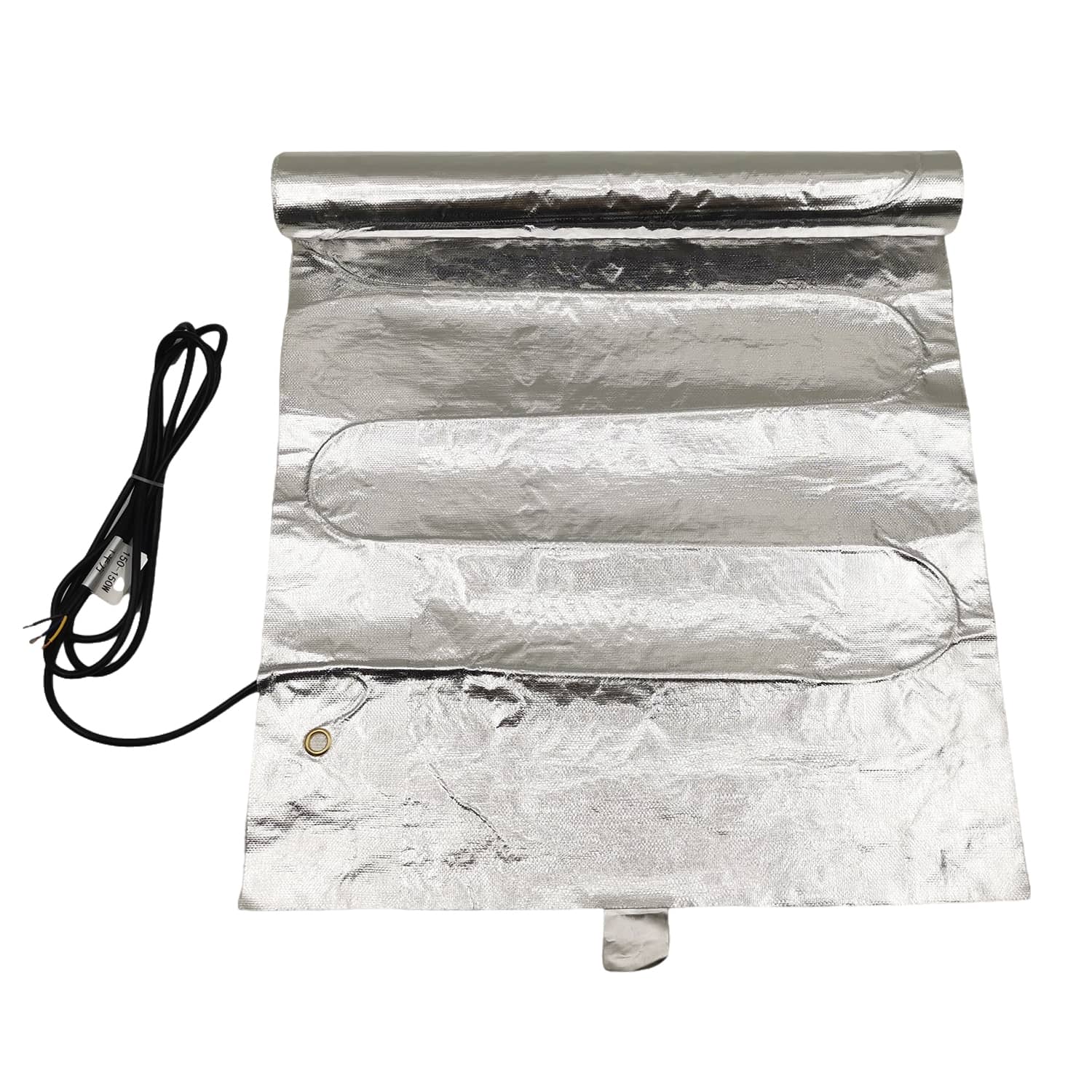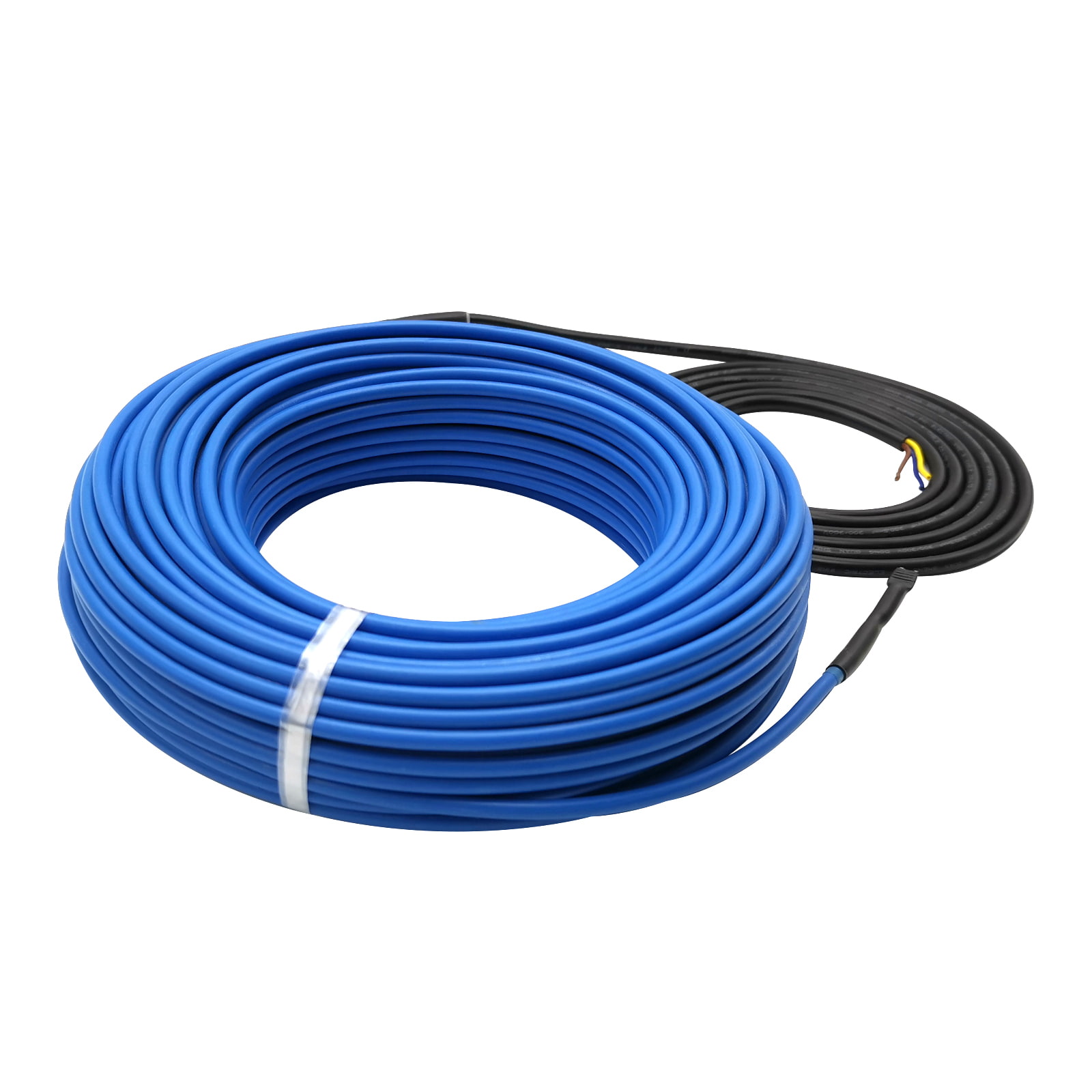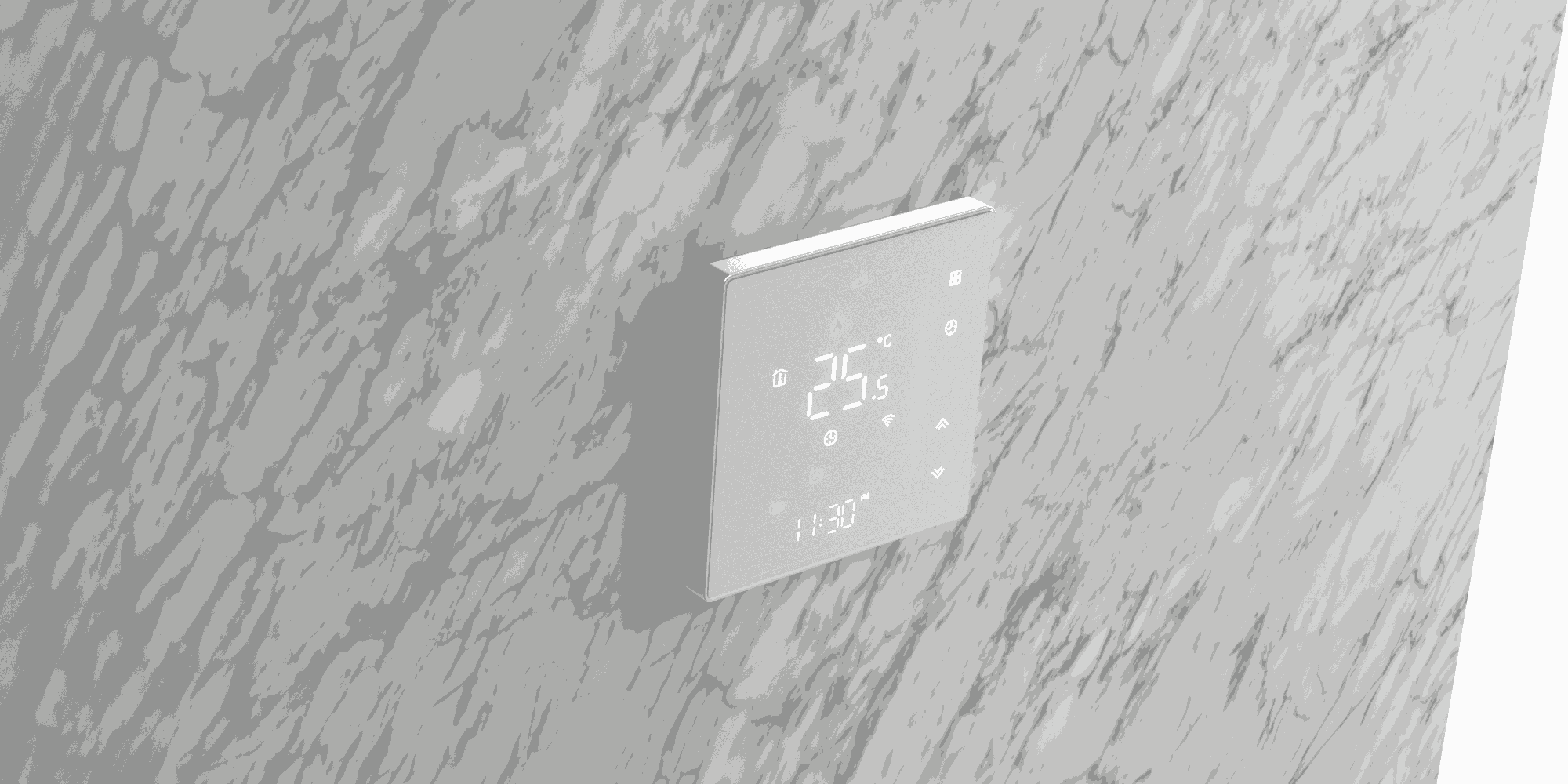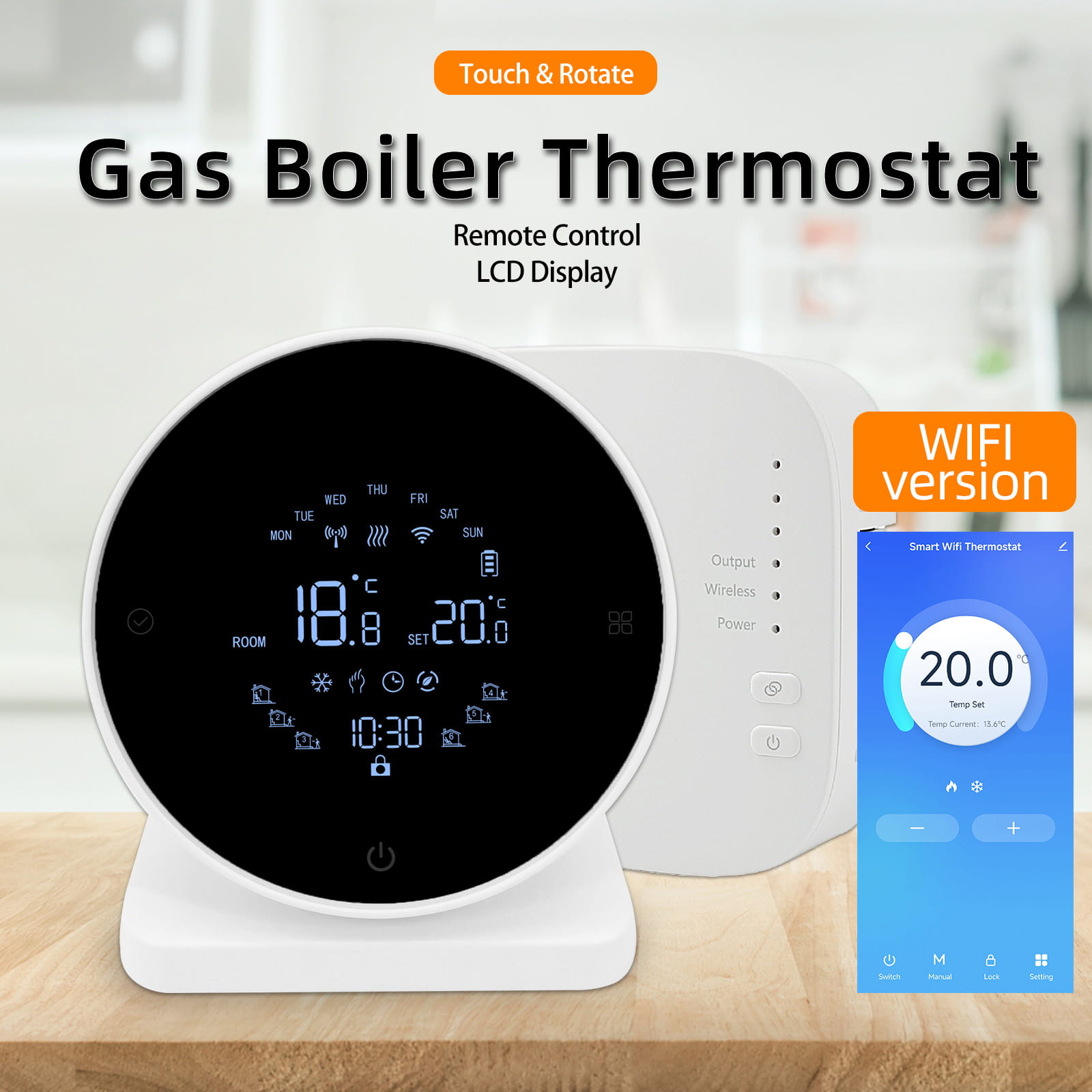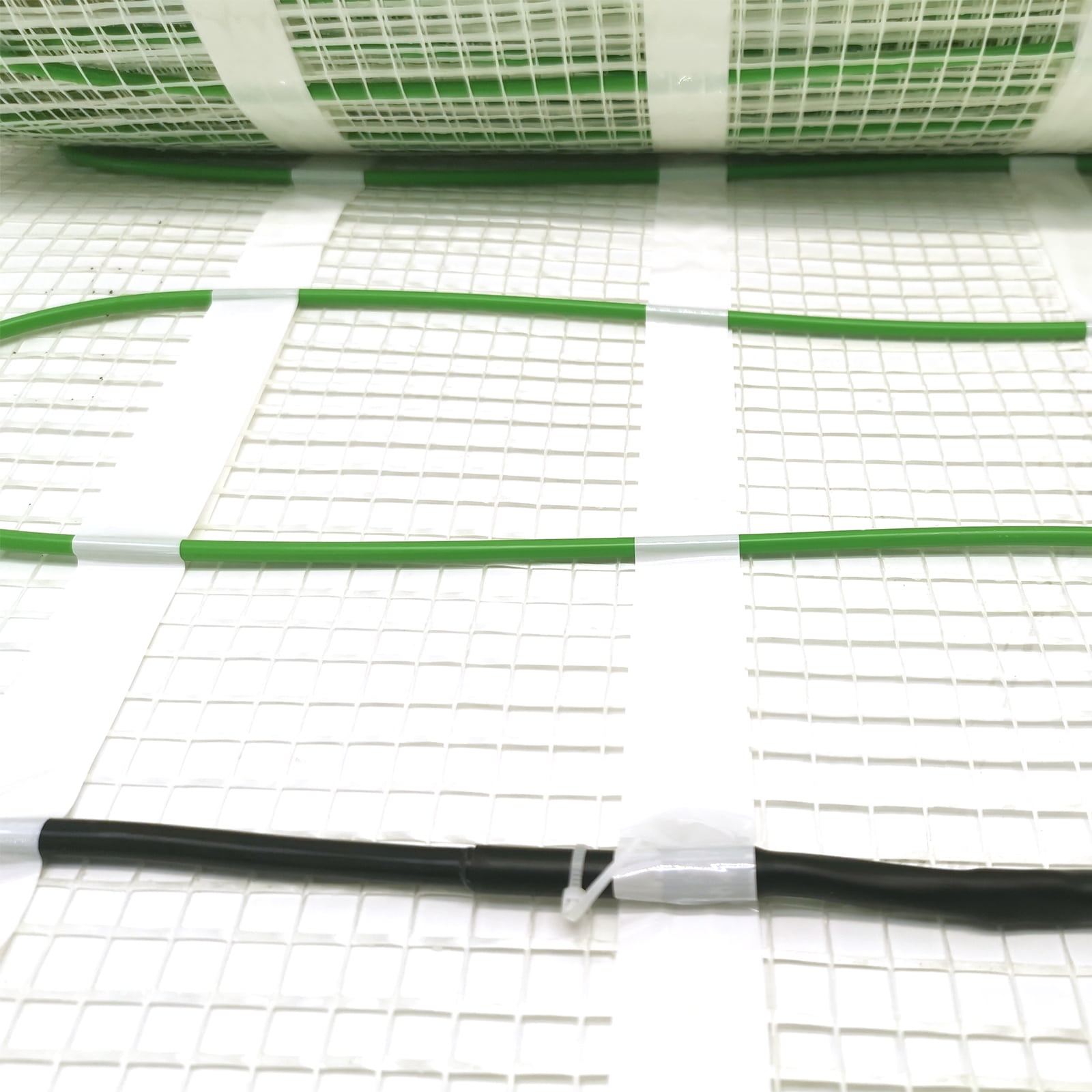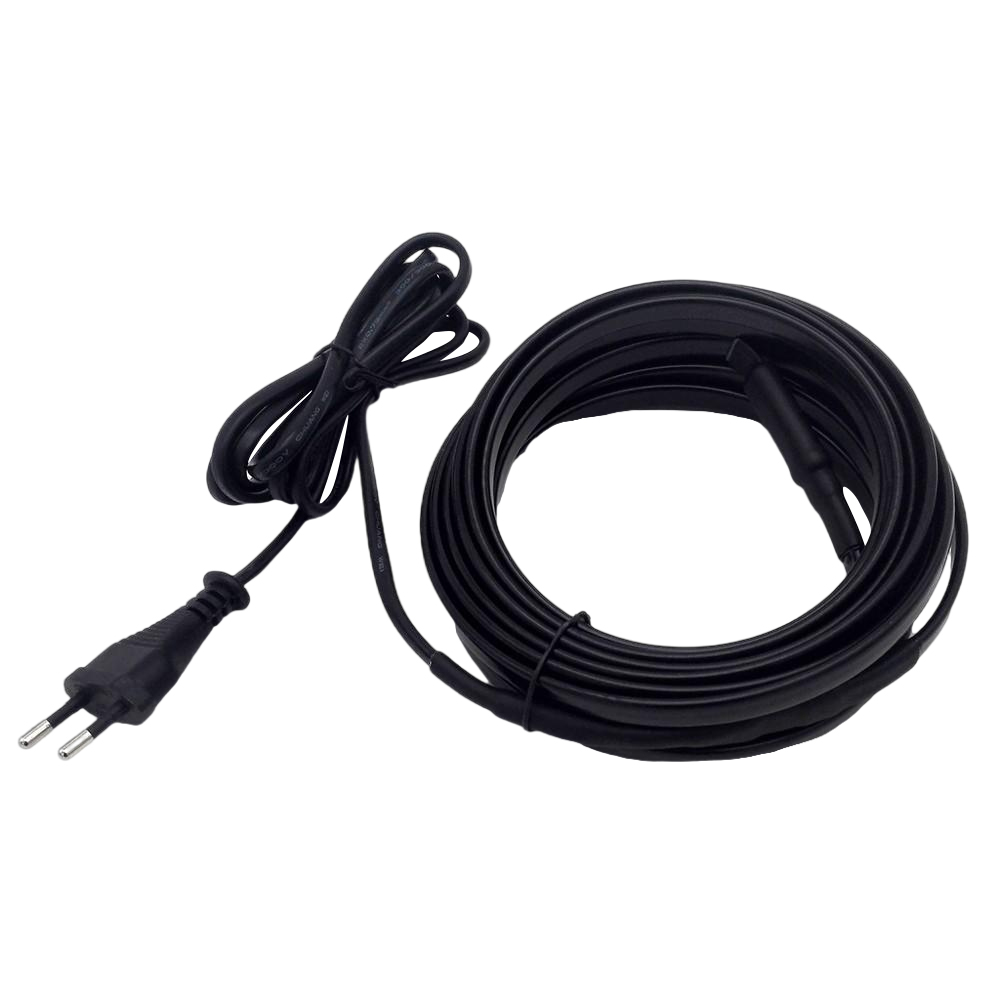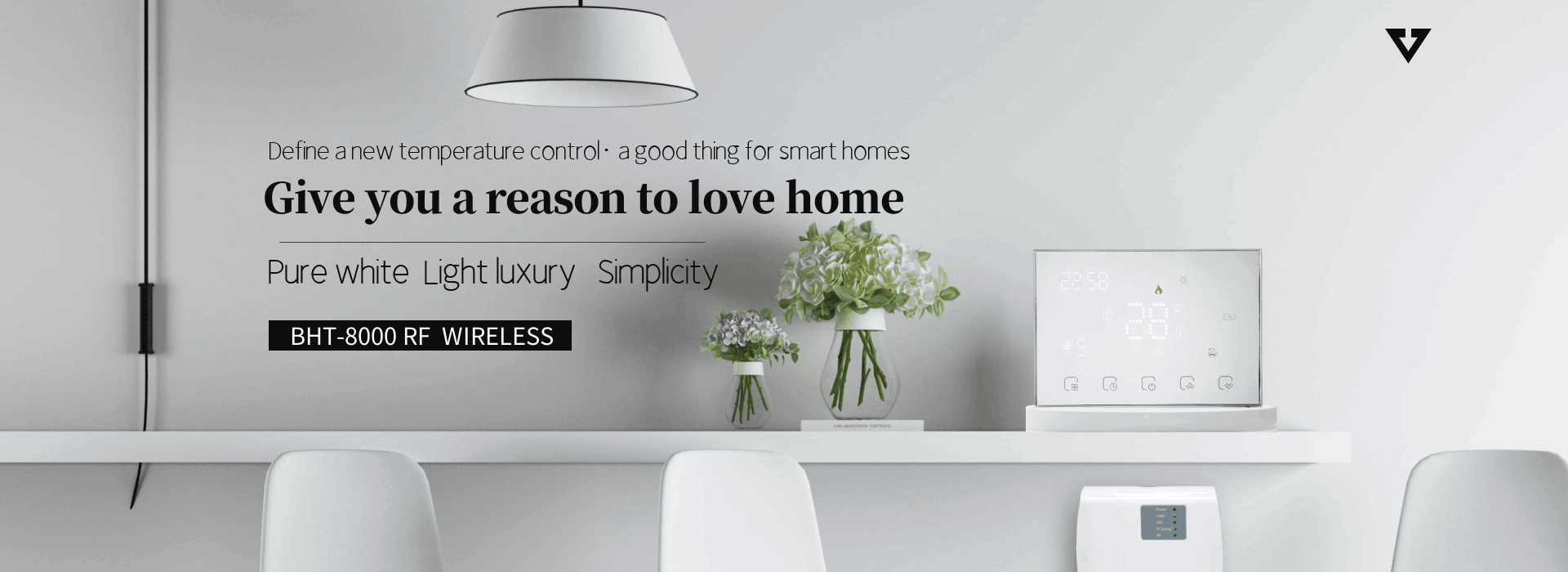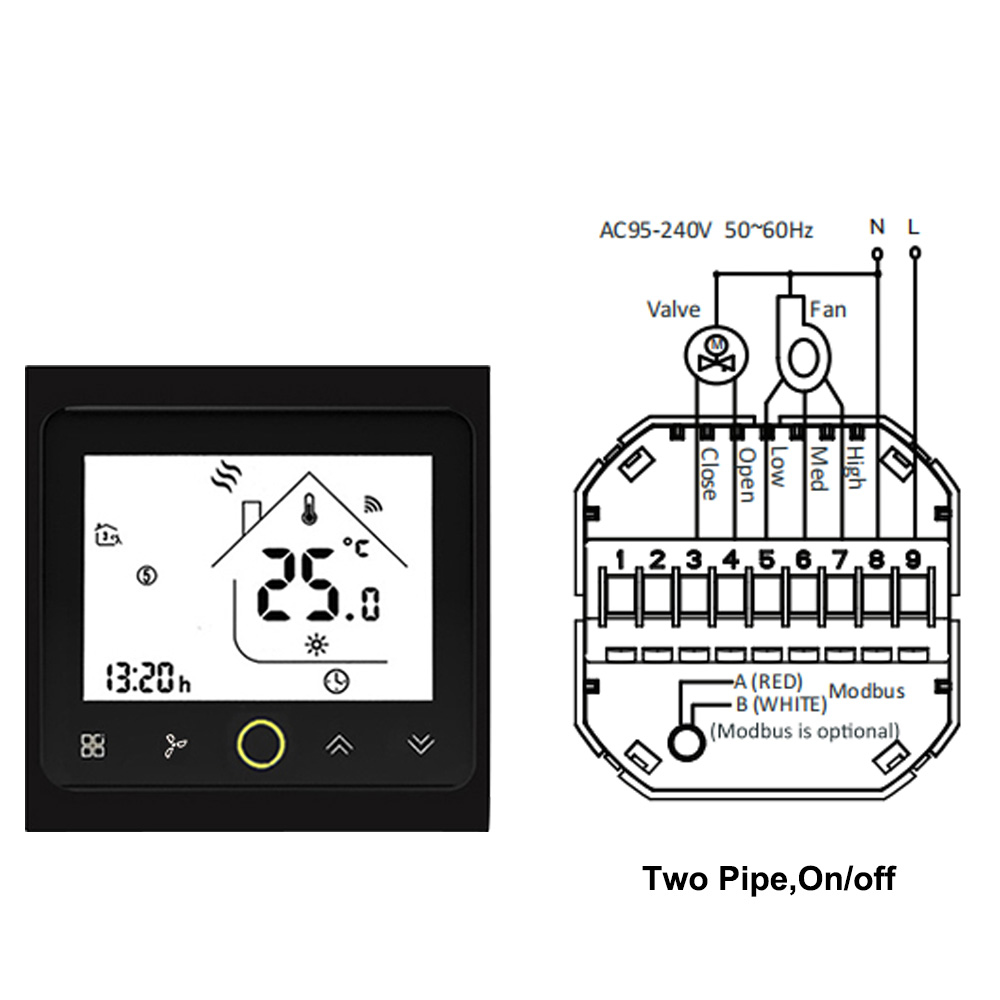Introduction to the advantages of heated mats
Introduction to heated seats:
The underfloor heating mat is equipped with alloy or carbon fiber heating elements as heating components, which have stable heating performance, no power attenuation, and high infrared emissivity. Two layers of 0.1mm thick aluminum foil are used as the thermal conductive layer and shielding layer. The temperature distribution of the entire heating mat is uniform during operation, without overheating points, and the electromagnetic radiation is 0. The high-temperature fiberglass mesh serves as the skeleton of the entire geothermal mat, enhancing its tensile strength and impact resistance. And it has an automatic temperature limiting function, so the heating mat will not burn the insulation board below and the wooden floor above due to overheating.
Characteristics of heated seats:
1. Fast heating and rapid warming. It only takes 10-15 minutes to reach the room temperature you need.
2. Thin structure and light weight. Not occupying the floor height and space of your room.
3. Safety and energy efficiency.Using high-temperature insulation and fully sealed aluminum foil shielding, the entire system can operate for a long time in an environment of 120 degrees Celsius. The electromagnetic radiation value is 0. The entire system is waterproofed and can work in humid environments. The drainage line (ground wire) ensures the safety of the system. This heating mat is 20-25% more energy-efficient than heating cables of the same power
4. Self limiting temperature function, allowing you to achieve comfortable room temperature and energy-saving safe heating operation system.
5. Convenient construction, the heating core of the heating mat is arranged in a double conductor layout, and there is also a turning design for the heating mat, making construction particularly convenient, 5-6 times faster than laying heating cables of the same power.
